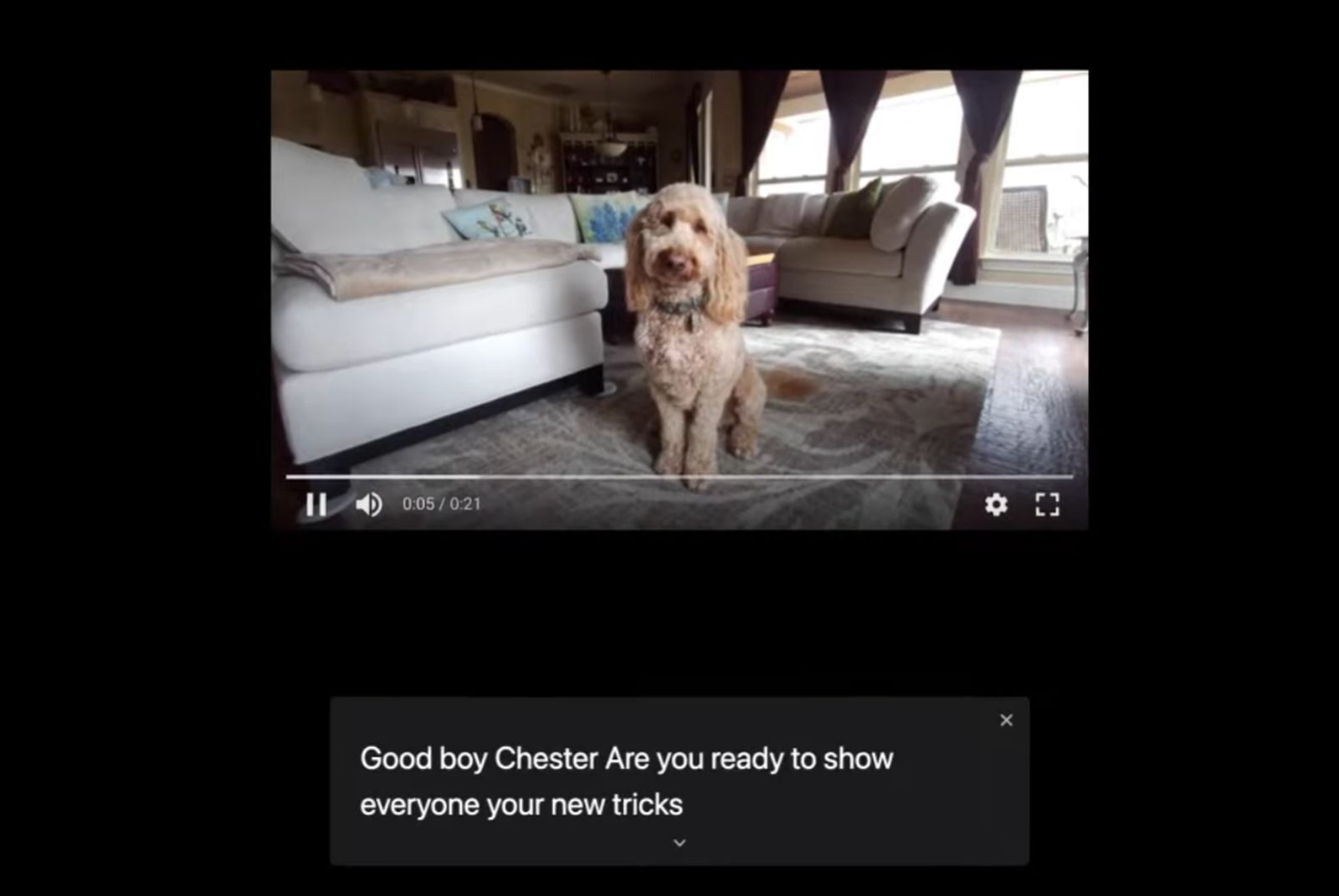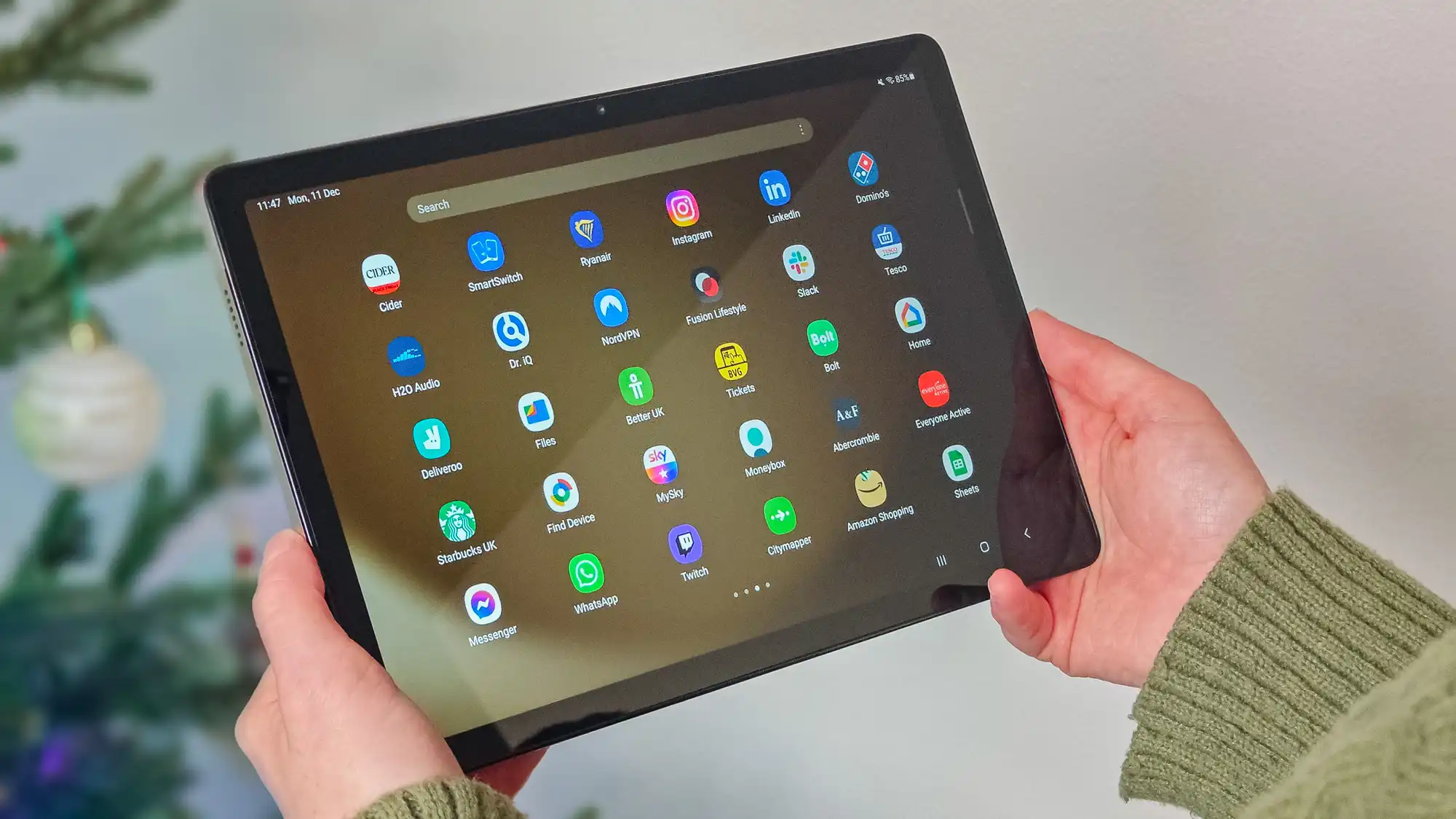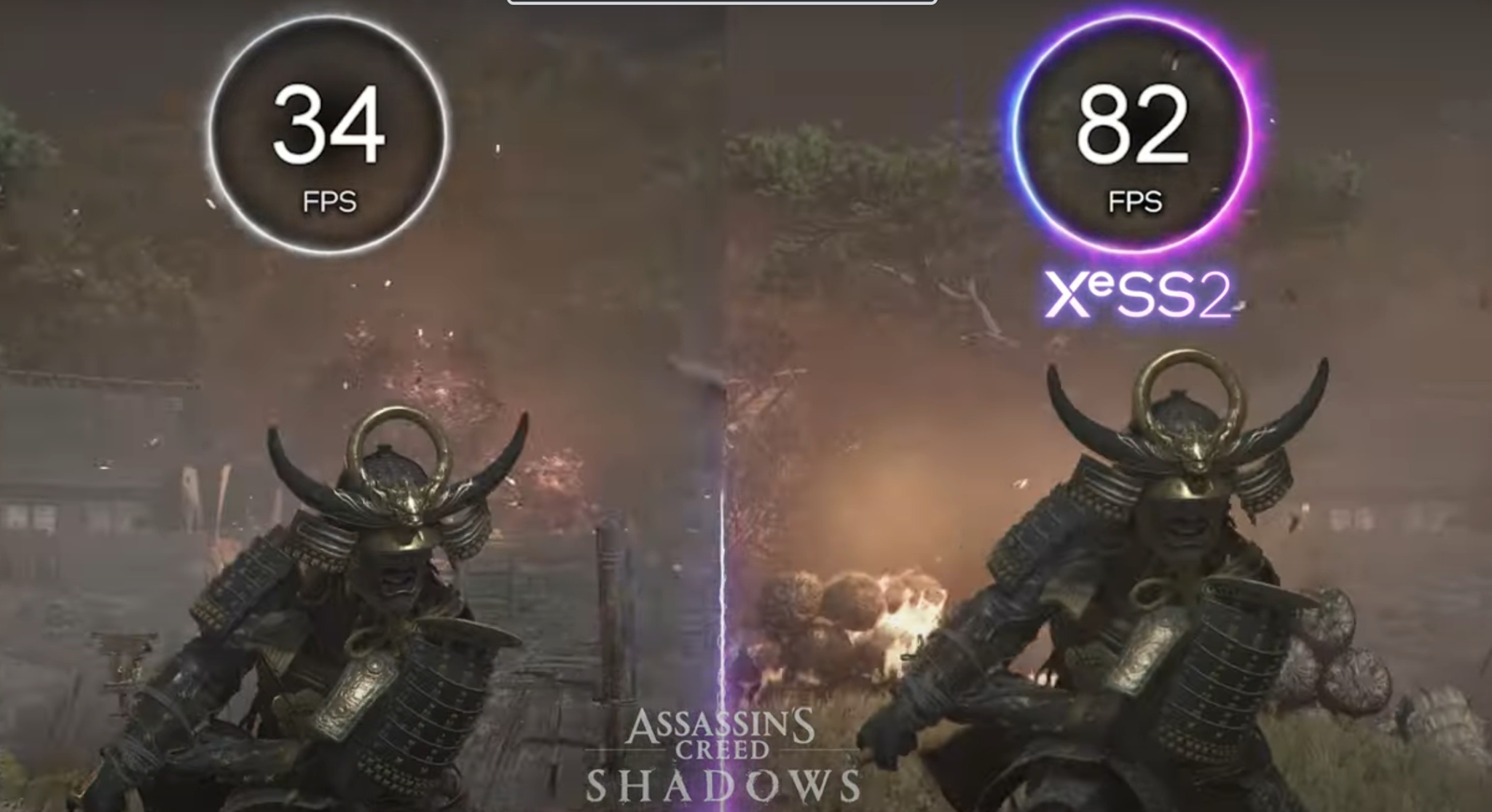This is an excellent accessibility feature!
A lot of the web revolves around video content (subscribe to our YouTube channel!) and podcasts these days, but that brings some accessibility challenges you won’t find with the written word. Hundreds of millions of people are deaf or hard of hearing. Other folks have trouble processing spoken words. And sometimes, you’re just in a noisy area. Good news! Google Chrome’s new Live Caption accessibility feature can provide closed captioning for many videos and audio files—online or offline—even if those videos don’t offer native support.
“Now with Live Caption on Chrome, you can automatically generate real-time captions for media with audio on your browser,” Google’s announcement post states. “It works across social and video sites, podcasts and radio content, personal video libraries (such as Google Photos), embedded video players, and most web-based video or audio chat services.”
Enabling Live Caption is easy. First, make sure the browser is up to date (Help > About Chrome) because this is a new feature. Then open Chrome’s options menu (the three vertical dots in the upper right-hand corner of the URL bar) and select Settings, then click the Advanced option in the left-hand navigation pane. From there, select Accessibility. In the menu that appears, enable the Live Caption feature. A Caption preferences option underneath the listing lets you tweak the appearance and behavior of captions.
Currently, Live Caption is available only in English. It’s supported on every desktop version of Chrome however, as well as Android phones, where the technology debuted. You don’t even need to be online to use it!
“These captions in Chrome are created on-device, which allows the captions to appear as the content plays without ever having to leave your computer,” Google says. “Live Caption also works offline, so you can even caption audio and video files saved on your hard drive when you play them in Chrome.”
The AI-generated captions aren’t perfect. Like the closed captioning available on Google-owned YouTube, the translation can stumble over heavy accents or fast speech, and sometimes it just gets a little…weird. The auto-captioning works well enough in most cases and very well with many videos in our brief testing, though.
Big-time kudos to the Chrome team for enabling such an amazing accessibility feature. Live Caption can provide a huge quality-of-life improvement for anyone who struggles to make out words on a web gone wild for video.




